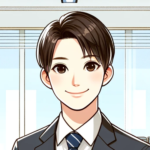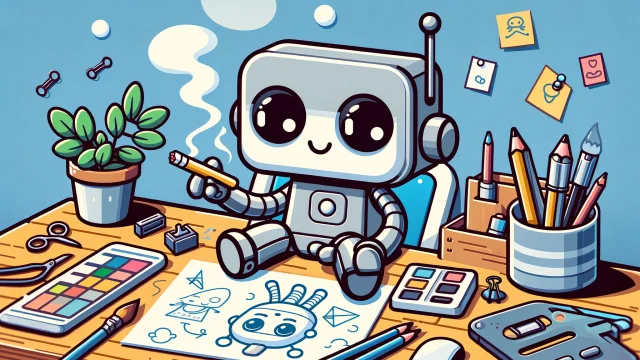Dragon Ball Putin
The term “Dragon Ball Putin” is not officially connected to the Dragon Ball franchise or its canon stories. However, it could refer to fan-created content or memes that merge elements of the Dragon Ball universe with references to Vladimir Putin, the Russian political leader. This type of crossover often arises from internet culture, where fans mix disparate elements of pop culture and real-world figures for humor or creative expression.
Below is an exploration of the concept, its potential origins, and the cultural context behind such fusions.
1. What Is “Dragon Ball Putin”?
1.1. Possible Origins
- The phrase “Dragon Ball Putin” might stem from fan-made content, such as:
- Memes: Humorous images or videos that depict Putin in scenarios inspired by Dragon Ball, such as performing a Kamehameha or transforming into a Super Saiyan.
- Fan Art: Illustrations blending Dragon Ball aesthetics with Putin’s likeness, often for comedic or satirical purposes.
1.2. The Appeal
- Such crossovers combine the action-packed, fantastical elements of Dragon Ball with the real-world influence of a political figure, creating a surreal juxtaposition that resonates with internet humor.
2. Examples of Dragon Ball Putin Content
2.1. Memes
- Images of Putin depicted as a Dragon Ball character, complete with glowing hair and energy auras, circulate on social media and forums.
- Popular themes include:
- Putin “powering up” like a Saiyan.
- Putin participating in a martial arts tournament, akin to the World Martial Arts Tournament in Dragon Ball.
2.2. Fan Art
- Artists create illustrations featuring Putin interacting with iconic Dragon Ball characters, such as Goku or Vegeta.
- Common scenarios include:
- Putin challenging Goku to a fight.
- Putin as a Z Fighter defending Earth.
2.3. Video Edits
- Fans have created parody videos where Putin is digitally inserted into Dragon Ball battle scenes or voiced over iconic moments from the series.
3. Why Does “Dragon Ball Putin” Exist?
3.1. Internet Culture
- The internet often blends unrelated topics to create absurd humor. Combining a globally recognized leader with a legendary anime series results in a humorous and shareable concept.
3.2. Satire and Commentary
- These creations might serve as satire, using the larger-than-life personalities of Dragon Ball characters to comment on political figures’ perceived power or influence.
3.3. Fandom Creativity
- The Dragon Ball fan community is known for its creative interpretations and mashups, and “Dragon Ball Putin” could be another example of this artistic expression.
4. Reception of Dragon Ball Putin Content
4.1. Among Fans
- Some fans enjoy the humor and creativity of such mashups, appreciating them as lighthearted fun.
- Others may find the blending of a beloved anime with political figures to be polarizing or unnecessary.
4.2. Broader Audience
- Outside the Dragon Ball fandom, “Dragon Ball Putin” may be viewed as a humorous take on internet culture, appealing to those who enjoy surreal or absurd content.
5. The Line Between Humor and Respect
5.1. Balancing Satire and Sensitivity
- While many see this type of content as harmless fun, creators should consider the cultural and political sensitivities of blending real-world figures with fictional media.
5.2. Understanding the Impact
- Such content can spread widely due to its novelty, but creators should remain aware of potential misinterpretations or unintended consequences.
Conclusion: A Product of Internet Creativity
“Dragon Ball Putin” represents the intersection of pop culture and internet humor, where fans merge iconic anime with global figures for entertainment. While it is not an official part of the Dragon Ball universe, it highlights the imaginative and sometimes absurd ways fandoms engage with their favorite media.
For those encountering “Dragon Ball Putin,” it serves as a reminder of the boundless creativity that emerges when fandom meets internet culture—where even the most unexpected crossovers can find an audience.

